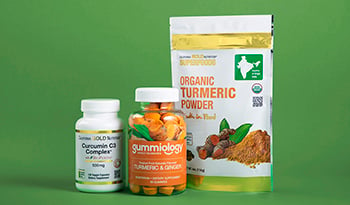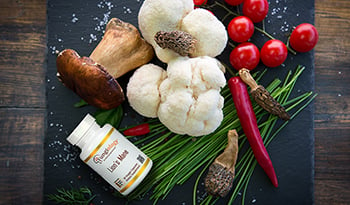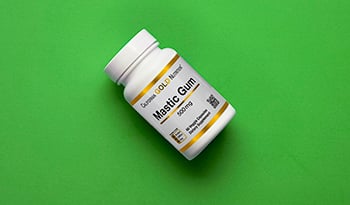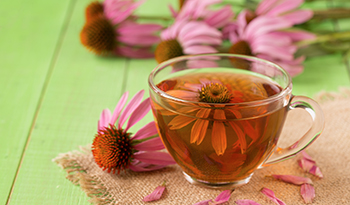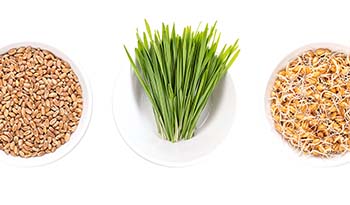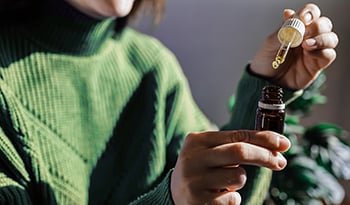Phenylalanine: Health Benefits, Mood, Side Effects
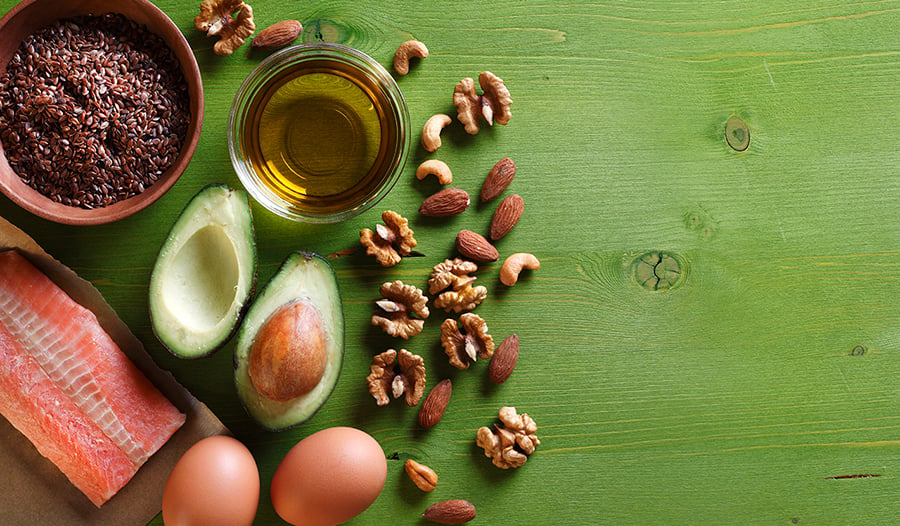
What Is Phenylalanine?
L-phenylalanine is the natural form of an essential amino acid in the human body.
Amino acids are molecules linked in chains to form peptides and proteins in the body. Peptides are short chains of amino acids consisting of anywhere from two to fifty amino acids. If the chain of amino acids is more than 50, it is referred to as a protein or a polypeptide. Proteins are utilized in various roles in tissue structure and body function.
The specific number and sequence of amino acids determines the shape and function of the protein. So amino acids are similar to letters of an alphabet used to form words.
The human body uses twenty different amino acids to function correctly. Nine of these amino acids are called essential amino acids and must be consumed in the diet. The other eleven can be formed in the body and are termed non-essential amino acids.
L-phenylalanine is an essential amino acid that plays a vital role in the body as it is used in the manufacture of body proteins as well as important compounds for proper brain, nerve, and cardiovascular function.
What Is D,L-phenylalanine?
D,L-phenylalanine (DLPA) contains an equal mixture of L-phenylalanine and its mirror image D-phenylalanine. Both L-phenylalanine and DLPA are available as dietary supplements.
Food Sources
Phenylalanine is found in most foods and in higher amounts in high-protein foods such as eggs, meat, and dairy and in nuts, seeds, and legumes.
Health Benefits of L-Phenylalanine
L-phenylalanine is used in body proteins, but its role in the manufacture of neurotransmitters gets the most attention.
Neurotransmitters are chemicals that relay nerve impulses from one nerve to the next. In neurotransmitter manufacture, L-phenylalanine is converted to the amino acid L-tyrosine, which then can be converted to the neurotransmitters dopamine, norepinephrine, and epinephrine. These neurotransmitters influence how we feel and think as well as regulate vital functions like heart rate and blood pressure.
L-phenylalanine and its mirror image D-phenylalanine can also be converted to the neurotransmitter phenylethylamine (PEA). This interesting amino acid has stimulant and mood-elevating properties.[1]
PEA is released by brain cells at moments of emotional euphoria, including feelings of love. And when we think of a food associated with love, it must be chocolate. Chocolate is a relatively rich source of PEA, which may be one of the biochemical reasons this food is associated with romance and love. Other foods with a higher PEA content are salami, pickled herring, and cheddar cheese.
There is evidence that lower levels of PEA in the body are associated with more melancholy moods, and dietary supplementation with PEA (10–60 mg/day) has been shown to boost mood in human clinical studies.[1,2] Supplemental L-phenylalanine may have the same effect. But remember that physical exercise can increase PEA levels by 77%.[3]
Supplementation with L-phenylalanine, as well as DLPA, has also been shown in clinical studies to boost mood. For L-phenylalanine, the dosage is relatively high (1 to 10 g/day) compared to DLPA (150-200 mg/day).[4-6]
Health Benefits of DLPA
As stated above, DLPA is an equal mixture of L-phenylalanine with its mirror opposite, D-phenylalanine. About one-third of the D-phenylalanine found in DLPA is converted into L-phenylalanine. The remaining unchanged D-phenylalanine may exert unique effects different than L-phenylalanine.
For example, in experimental models on the body's pain-relieving endorphin system, D-phenylalanine (DPA) showed effects that suggested benefits in cases of chronic pain, inflammation, and substance abuse.
However, results from human clinical studies with DPA supplementation have shown mixed results. While some reports are positive, a human double-blind survey by researchers at the University of Texas found that 1,000 mg of DPA daily for four weeks to 30 people with chronic pain was no more effective than a placebo. A few studies have shown that DPA may potentiate the effects of acupuncture or opioids on pain. The typical dosage recommendation for DLPA is 1,500–2,500 mg per day.[7-10]
Risks
Many people are familiar with L-phenylalanine because of the genetic disorder phenylketonuria (PKU). In many countries in the world, newborns are checked for PKU. This genetic defect prevents the proper utilization of L-phenylalanine. As a result, phenylalanine accumulates and is converted into phenylpyruvate, leading to seizures, brain damage, and mental retardation. Treatment of PKU involves limiting the dietary intake by avoiding foods high in phenylalanine.
Side Effects
People with phenylketonuria (PKU), a rare genetic disorder, need to avoid any form of phenylalanine. In those without PKU, the human clinical trials conducted with L- and D-phenylalanine and DLPA have reported no significant side effects or safety concerns at generally used dosage levels.
References:
- Sabelli HC, Javaid JI. Phenylethylamine modulation of affect: therapeutic and diagnostic implications. J Neuropsychiatry Clin Neurosci. 1995 Winter;7(1):6-14.
- Davis BA, O'Reilly RL, Placatka CL, Paterson IA, Yu PH, Durden DA. Effect of dietary phenylalanine on the plasma concentrations of phenylalanine, phenylethylamine and phenylacetic acid in healthy volunteers. Prog Neuropsychopharmacol Biol Psychiatry. 1991;15(5):611-23.
- Szabo A, Billett E, Turner J. Phenylethylamine, a possible link to the antidepressant effects of exercise? Br J Sports Med. 2001 Oct;35(5):342-
- Fischer E, Heller B, Nachon M, Spatz H. Therapy of depression by phenylalanine. Preliminary note. Arzneimittelforschung. 1975 Jan;25(1):132.
- Beckmann H, Strauss MA, Ludolph E. Dl-phenylalanine in depressed patients: an open study. J Neural Transm. 1977;41(2-3):123-34.
- Beckmann H, Athen D, Olteanu M, Zimmer R. DL-phenylalanine versus imipramine: a double-blind controlled study. Arch Psychiatr Nervenkr (1970). 1979 Jul 4;227(1):49-58.
- Christianson DW, Mangani S, Shoham G, Lipscomb WN. Binding of D-phenylalanine and D-tyrosine to carboxypeptidase A. J Biol Chem. 1989 Aug 5;264(22):12849-53.
- Halpern LM, Dong WK. D-phenylalanine: a putative enkaphalinase inhibitor studied in a primate acute pain model. Pain 1986; 24: 223–237.
- Walsh NE, Ramamurthy S, Schoenfeld L, Hoffman J. Analgesic effectiveness of D-phenylalanine in chronic pain patients. Arch Phys Med Rehabil 1986; 67: 436–439.
- Russell AL, McCarty MF. DL-phenylalanine markedly potentiates opiate analgesia - an example of nutrient/pharmaceutical up-regulation of the endogenous analgesia system. Med Hypotheses. 2000 Oct;55(4):283-8.
DISCLAIMER:This Wellness Hub does not intend to provide diagnosis...
















































































 Table of Contents
Table of Contents



